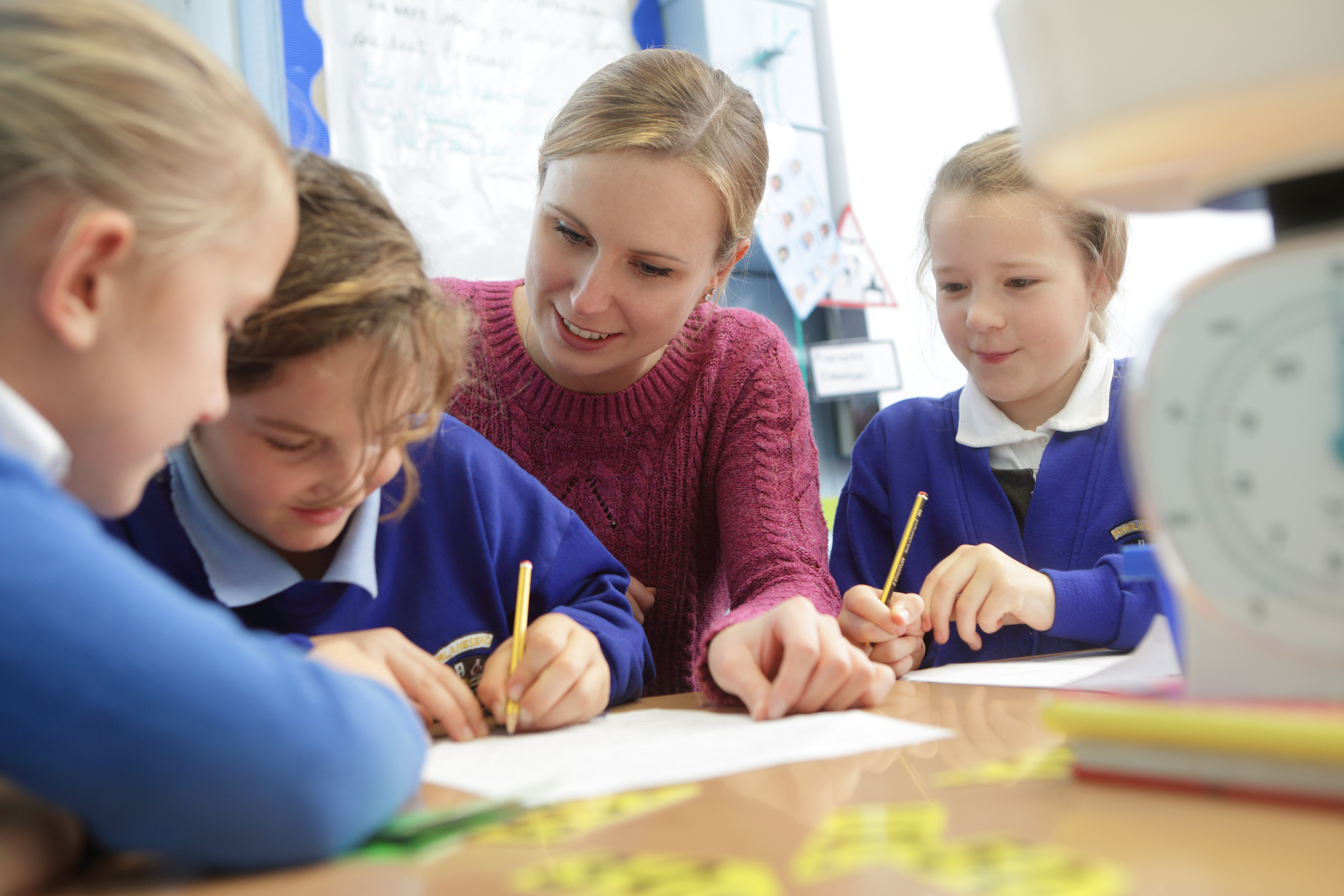Schools across Australia are facing one of the biggest threats to adolescents’ long-term health: vaping. In this blog Professor Marilyn Campbell explores why vapes are so problematic, and what can be done to support both students and school leaders in an era that requires innovative approaches to health messaging.
E-cigarettes, often called “vapes” look like metal pens, watches, or USBs. They are battery-powered to heat the cartridge of liquids inserted into them, turning the liquid into vapour which is inhaled. Vapes come in various appealing flavours such as watermelon, strawberry and peach and are brightly packaged to attract children and young people. A survey by the South Australian Commissioner for Children and Young People found that young people found the vapes very easy to obtain online, from corner stores, service stations or from their peers.
Vapes often contain nicotine and young people can become addicted. Not only is nicotine included in some vapes (some single vapes can contain as much nicotine as 10 packets of cigarettes) but some manufacturers have been labelling their vapes as nicotine free when they are not. Disposable vapes also contain dangerous chemicals such as formaldehyde, lead, arsenic and benzene and chemicals found in biofuel, paint thinner and insect killer.
It therefore seems ironic that vapes or e-cigarettes were originally intended to help adults who were addicted to cigarettes to quit smoking because of its harmful health effects. Yet young people are now vaping at alarming rates, despite the negative health effects of the toxins in the aerosol and the association between vaping and taking up tobacco smoking.
Many decades of public health messaging and education have gone into preventing young people from starting smoking and helping those who already smoke, to quit. Yet since 2020 smoking rates have drastically increased for adolescents which has been directly linked to young people taking up vaping.
In 2017, a national study in Australia found only 13% of 12-17-year-olds had tried vaping. However, a recent survey of adolescents aged between 14 and 17 years in NSW found that 32% had tried vaping. This is a large increase. Regular teen vape users in this study rated “flavour” and “taste” as being the most desirable and important characteristics of the vapes they chose to use.
Clearly, vapes that are marketed using flashy colours and sold in flavours such as bubble-gum are not designed for adults. It is children and young people who are being targeted for vape sales and these vapes are ending up in school playgrounds.
Vaping in schools… and what we can do about it
Vaping has been a concern in schools for some years. A recent survey found almost half of school staff members had found students with e-cigarettes at school at least every month and a third of principals who participated reported that they had suspended or expelled students at least every month for possessing or using e-cigarettes.
The Australian government proposes to instigate new regulations to ban single use disposable vapes and to introduce a minimum quality standard. They further propose to restrict use to pharmacy only prescription for smokers who want to quit, restrict flavouring vapes and use of artificial colours, and bright colourful packaging. They also want to reduce the nicotine in vapes and introduce border controls on non-prescription vapes. At the time of writing however, any new legislation that is required has not yet been finalised.
There needs to be a collaboration between the health and education departments, where both are responsible for preventative approaches to stop young people from vaping in the first instance and helping vape users to quit.
However, at present there is no clarity of messaging about vaping and this kind of health information is a responsibility of health departments. While there has been clear messaging that cigarette smoking is dangerous and has serious and negative health impacts, there is still a perception that vaping is safer than cigarettes. This is despite research to the contrary. Many young people and even their parents think that vaping is OK, or at least not as bad as cigarettes, because they are made to help people to quit smoking. The message about vaping needs to be unambiguous.
We need more education about vaping in schools. As the South Australian survey showed, many students were not receiving any information at school. However, there are two opposing views about what kind of education.
The existing health education curriculum on drugs and alcohol is skills based. For example, it includes how to say no to peer pressure. While this approach can help with education about vaping, a new era of social media pressure means our young people need something more.
We need strong social media campaigns about the harms of vaping and tobacco. And they need to be more engaging than the colourful, bubble-gum flavoured products that vape manufacturers are pushing. The campaigns need to be accessible and culturally appropriate for all children and young people, including priority populations.
The messages spread through social media campaigns also need to be reinforced by parents, teachers, and health workers. But more importantly, young people need other young people to educate them. One-off sessions in a classroom will have little effect. Our young people need and deserve ongoing conversations, where messages are embedded throughout their daily interactions: at school, in health messaging, during family dinner-time conversations, and in peer-to-peer interactions at the local basketball court.
Taking action
A pressing issue for schools is how to deal with students who are vaping in school now. The health and wellbeing of our children and young people cannot wait for programs specifically for vaping or legislation to outlaw it. In the meantime, these are some websites that give information to students and to teachers about vaping (https://www.health.nsw.gov.au/vaping; https://kidshealth.org/en/teens/e-cigarettes.html; https://lungfoundation.com.au/lung-health/protecting-your-lungs/e-cigarettes-and-vaping/)
Unfortunately, principals often say that suspension is the only way to control vaping as there are the majority of students to consider. However, excluding students from school is not appropriate for their learning and could afford them more opportunities to vape and to smoke. Some schools have resorted to surveillance of toilets in schools, using vape detectors or even locking toilet blocks at certain times. However, these approaches are reactive and punitive and do not wrap support around students who may already be addicted to nicotine.
Instead, students could be disciplined with in-school suspension. Those students who are regular users or addicted could be referred to the school psychologist/counsellor or to outside agencies to help them quit vaping, and not go on to cigarette smoking.
We know clear, consistent public health messaging works. Since the days of slip, slop, slap, the messaging options have multiplied. We must use these new avenues to end a clear message to young people from young people.
Professor Marilyn Campbell is a registered teacher and psychologist. On May 22nd she represented the Australian Psychologists and Counsellors in Schools Association at a roundtable on the impact of vaping on young people. ARACY and the South Australian Commissioner for Children and Young People, Helen Connolly led the discussion with representatives from many organisations nationally. The outcomes and recommendations from the roundtable will be presented by ARACY to both Health and Education Departments at state and federal levels.




